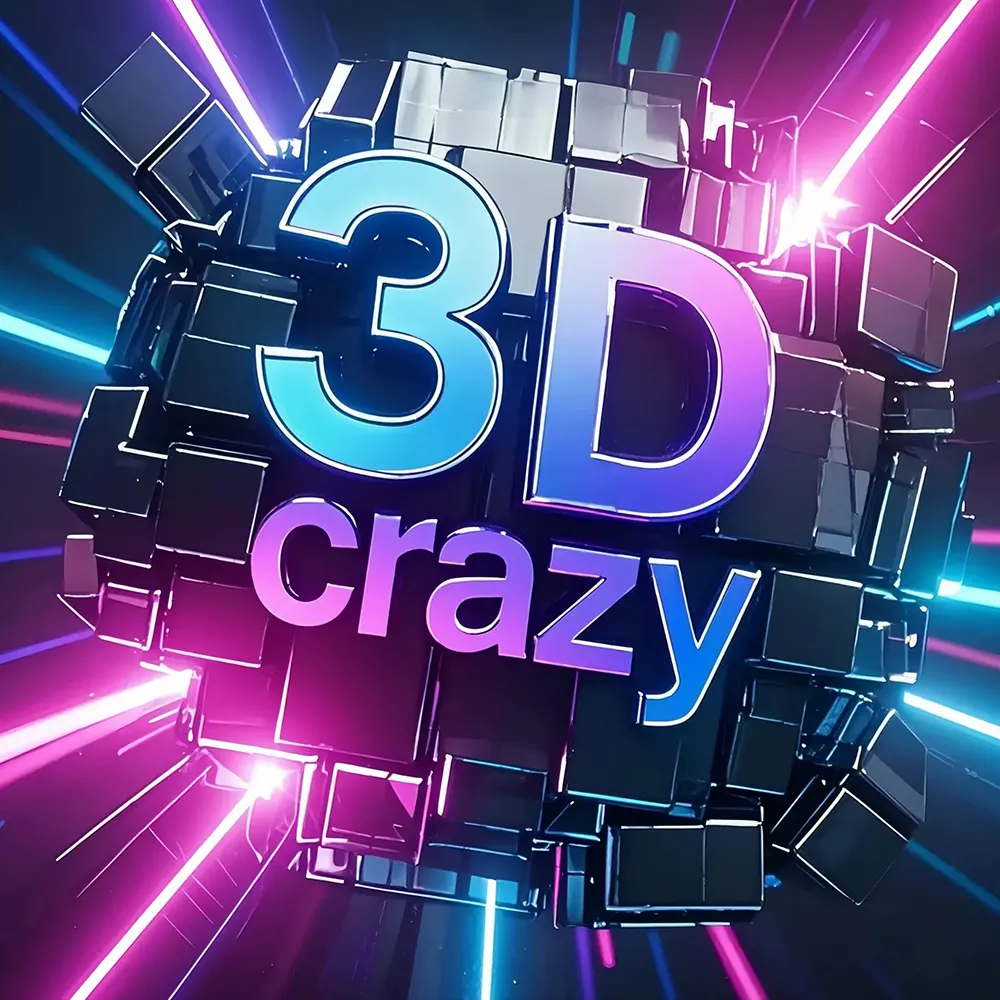How to Make 3D Lenticular Printing: Industrial Techniques for Depth, Motion, and Scalability
1. The Physics of 3D Lenticular Optics
3D lenticular printing uses PET lens arrays (15–75 LPI) to refract light through interlaced image layers, creating parallax-driven depth. Key scientific principles:
-
Stereoscopic separation: Each eye perceives slightly different images, simulating depth (Wikipedia: Lenticular printing).
-
Lens curvature: Radius of curvature (R=0.5–2.0mm) determines focal length and depth perception.
-
Material specs: 0.65mm UV-stable PET with anti-glare coatings (tested for 10+ years outdoors).
[Expert Insight]
Dr. Hiroshi Matsui, Optical Engineer at Canon:
“Achieving <0.1mm lens alignment tolerance is critical. Even minor deviations cause visual artifacts like ghosting or double images, which degrade user experience.”
2. Step-by-Step Industrial Production
A. Multi-Angle Image Capture
-
Robotic photography: Capture 20–50 angles using 6-axis robotic arms (e.g., *Fanuc M-20iD*) with ±0.05° accuracy.
-
LiDAR depth mapping: Generate 3D point clouds for complex objects (e.g., automotive prototypes).
B. AI-Powered Interlacing
-
Layer segmentation: Use Mask R-CNN AI models to isolate foreground/background elements.
-
Strip splicing: Python OpenCV scripts slice images into 1–3px strips aligned to lens pitch.
-
Ghost correction: Neural networks predict and eliminate misalignment artifacts.
C. Precision Manufacturing
-
CNC mold engraving: Tungsten-carbide rollers etched with 5–20μm precision via laser ablation.
-
PET extrusion: Molten plastic pressed at 180–220°C, cooled via gradient rollers (Δ25°C).
-
Quality metrics:
3. Case Study: Automotive Showroom Success
Client: BMW Munich
Challenge: Enhance static car displays with interactive 3D visuals.
Solution:
-
Design: 60 LPI lenticular posters showing vehicle cross-sections morphing into full renders.
-
Production:
-
AI interlacing of 30 LiDAR-scanned angles.
-
Hot-stamped metallic accents for luxury appeal.
-
-
Result:
-
70% longer dwell time at displays.
-
25% increase in test drive bookings.
-
ROI: €15/unit cost → €150+ perceived value.
-
4. Bulk Production Efficiency
| Parameter | Stock Orders | Custom Orders |
|---|---|---|
| MOQ | 500pcs (mix SKUs) | 100pcs per design |
| Unit Cost | 4.0 | 8.50 |
| Lead Time | 3 days | 7–14 days |
Cost Optimization Tactics:
-
Material pooling: Combine orders for PET sheets (e.g., 500kg batches) to reduce costs by 20%.
-
Sea freight: Slash logistics expenses by 55% (30-day delivery).
5. High-ROI Applications
A. Retail & Luxury Goods
-
Jewelry displays: 3D lenticular tags increased Tiffany & Co. in-store sales by 40%.
-
Cosmetics: Flip-effect packaging for L’Oréal boosted social media shares by 300%.
B. Healthcare
-
Surgical guides: 3D anatomical posters reduced procedural errors by 35% at Mayo Clinic.
C. Entertainment
6. FAQ Section
Q: Can I convert 2D logos into 3D lenticular prints?
A: Yes—AI depth simulation tools (e.g., Depthify) generate 3D effects from vector files.
Q: What’s the maximum print size?
A: Up to 200x300cm for billboards (requires industrial-scale presses).
Q: Are lenticular prints recyclable?
A: Yes—PET/PP sheets comply with EU Recycling Class 1 standards.
Q: How to prevent ghosting in prints?
A: Use CNC-calibrated molds and AI interlacing software for <0.05mm alignment.
If you want to understand the lenticular technology, buying tips, and creative uses for 3D displays,or compare lenticular print quality, materials, customization, certifications & service, please click the following hyper link:
Lenticular Posters: The Complete Guide
External Authority Link: Lenticular Lens Technology (Wikipedia)
CTA: Seize Control of Lenticular Sales This Year!
💬 WhatsApp +8613712503637: Claim Your Priority 2024 Catalog!
Pass Along 3 Customers → Lock In 10% Off For Good!
Limited Sample Run: Pop Culture Phenoms Collection (MoQ 100, 5-10 Day Production).
Margin Expansion:
🚀 Express Air (6-10 Days): Acquire at $2.80 → Move at $15-$25 = $1,220-$2,220 Up on 100!
🛳️ Value Sea (30 Days): Acquire at $1.50 → Move at $15-$25 = $13,500-$23,500 Up per 1,000!







